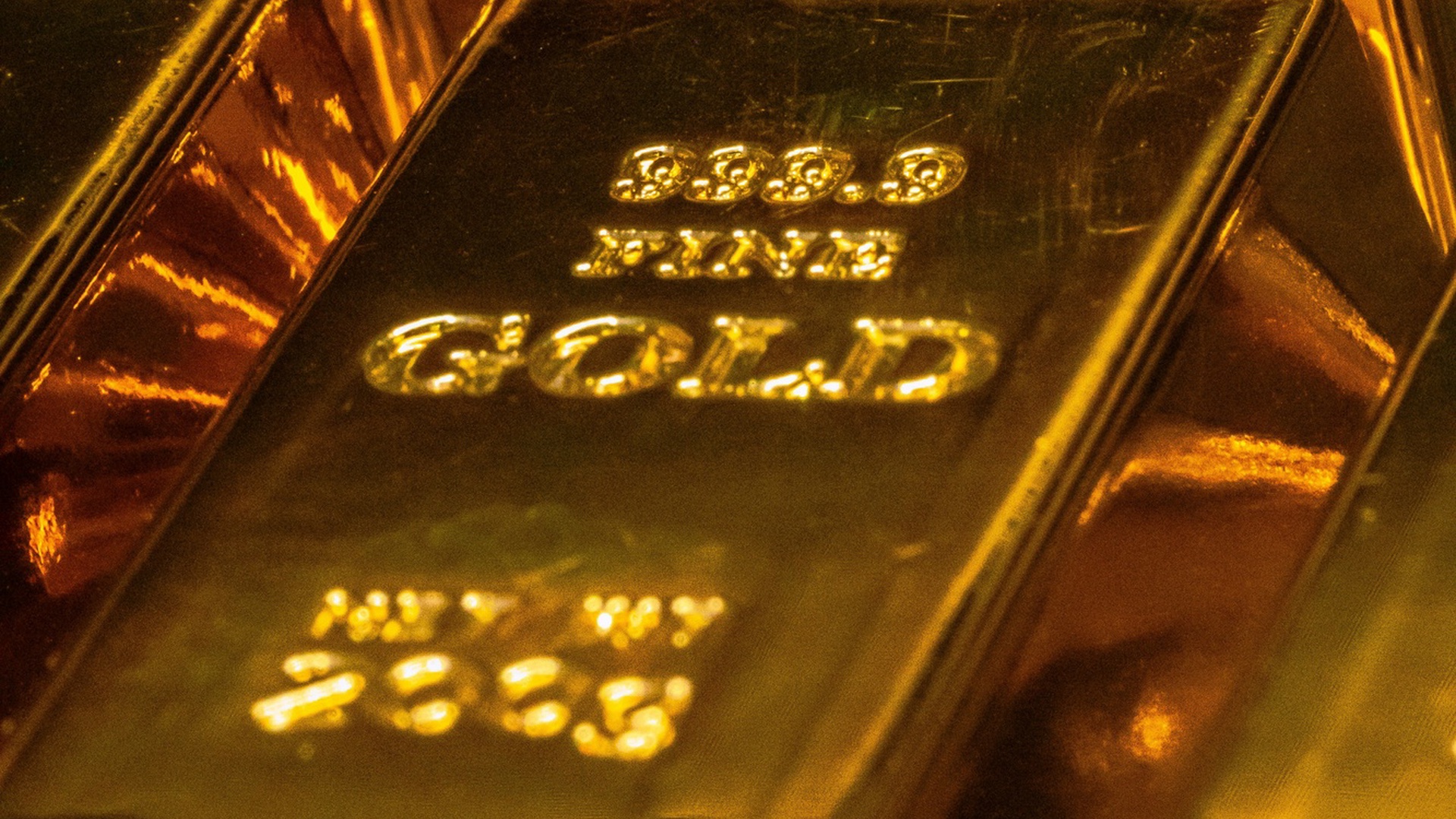

In a monumental breakthrough for the global gold industry, geologists in Pingjiang County, Hunan Province, China, have identified what could be the largest gold deposit ever discovered. Spanning over 40 gold veins at depths of up to 3 kilometers (1.8 miles), this goldfield contains 1,000 metric tons (1,100 US tons) of high-quality gold ore. With an estimated value of 600 billion yuan (approximately US$83 billion), this discovery has the potential to alter the dynamics of gold production and consumption worldwide significantly.
The Geological Bureau of Hunan Province announced on November 22, 2024, that the deposit was found in the Wangu Goldfield, a region with a long history of geological exploration. Preliminary findings revealed 300 metric tons of confirmed reserves at a depth of 2 kilometers (1.2 miles). Advanced 3D geological modeling suggests that deeper layers down to 3 kilometers (1.8 miles )could contain an additional 1,000 metric tons of gold, potentially making this the most lucrative deposit ever discovered.
What sets this discovery apart is the exceptional quality of the ore. Core samples revealed concentrations of up to 138 grams of gold per metric ton of ore, significantly higher than the industry benchmark of 8 grams per metric ton, which is considered "high grade" for underground mines.
China already leads the world in gold reserves and consumption. Before this discovery, the country’s official gold reserves were estimated at 3,000 metric tons, with its mining industry contributing 10% of global output. This new find could boost China’s reserves by over 30%, reinforcing its dominance in the gold market and providing a critical hedge against global economic uncertainties.
This discovery also aligns with China’s strategic objectives outlined in the 14th Five-Year Plan, which prioritizes the exploration and sustainable utilization of natural resources to ensure long-term economic and resource security.
The news has sent Hunan Gold Corp., which operates several mines in the area, into a frenzy of investor activity. Shares surged by their 10% daily limit for two consecutive days following the announcement, reflecting heightened market optimism. However, the company has noted that feasibility studies are still required to evaluate the economic and technical challenges posed by mining at such depths.
The discovery has coincided with a year of unprecedented highs in gold prices, driven by geopolitical instability and global inflationary pressures. Goldman Sachs predicts that gold prices will reach $3,000 per ounce by late 2025, making this deposit a potentially transformative asset for China’s economy.
Furthermore, the discovery adds pressure on other nations to invest in exploration and mining technology, particularly in the face of dwindling global reserves and debates over whether the world has reached "peak gold."
The discovery results from over 30 years of sustained geological exploration in Hunan’s Golden Belt, a part of the ancient Yangtze Craton, which is rich in mineral resources. Initial exploration began in 1991, with significant progress made under the “358 Nationwide Prospecting Breakthrough Action Plan” initiated in the early 2000s.
Advanced technologies, including 3D seismic modeling, AI-based ore prediction, and high-resolution core sampling, were pivotal in identifying the deposit's location and scale.
While the discovery of this massive gold reserve in Hunan Province marks a milestone for China's mining industry, it also serves as a cautionary tale for both domestic and international markets. The Kingold Jewelry scandal, where 83 tonnes of gold bars used as collateral for billions in loans turned out to be gilded copper, highlights the vulnerabilities and risks in the gold market. Reports suggest that as much as 4% of China's total gold reserves could be fake, raising concerns about the integrity of financial and resource-backed transactions.
This scandal and others like the Luckin Coffee fraud have damaged global confidence in Chinese corporate governance and transparency. Until the the first batch o mining is done the discovery should taken with a grain of salt
The discovery of the world's largest gold deposit in Hunan Province has the potential to redefine China's role in the global gold market, strengthening its economic position and resource security. The exceptional scale, quality, and value of the reserves signal a transformative opportunity for the mining industry and the broader Chinese economy, especially as global gold prices surge amidst economic uncertainty.
However, this monumental find also underscores the critical importance of transparency and accountability in resource management. The shadow of past scandals, such as the Kingold Jewelry fraud, where gold-backed loans were exposed as being secured by fake reserves, serves as a stark warning. Until the first gold is mined and independently verified, the discovery should be approached with cautious optimism.
While this find could reinforce China's dominance in the gold market, its true value lies not just in the riches beneath the surface but in the credibility and integrity with which the discovery is managed. Trust, after all, is as precious as the gold itself.